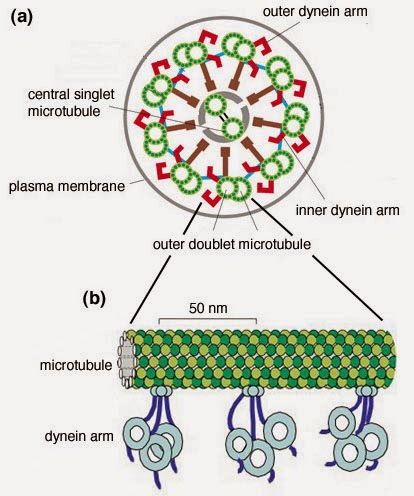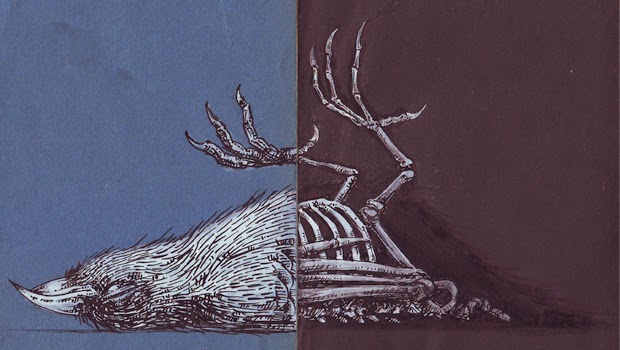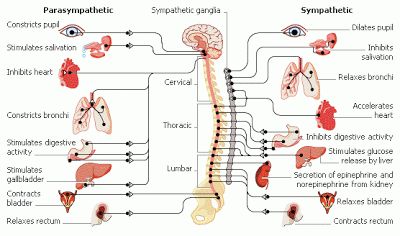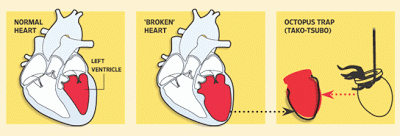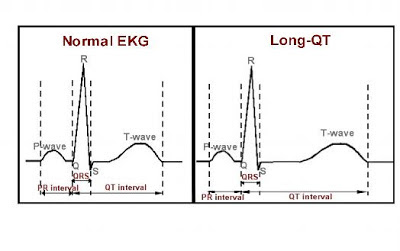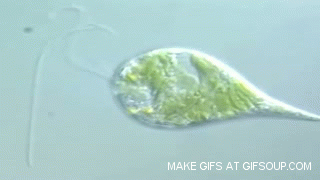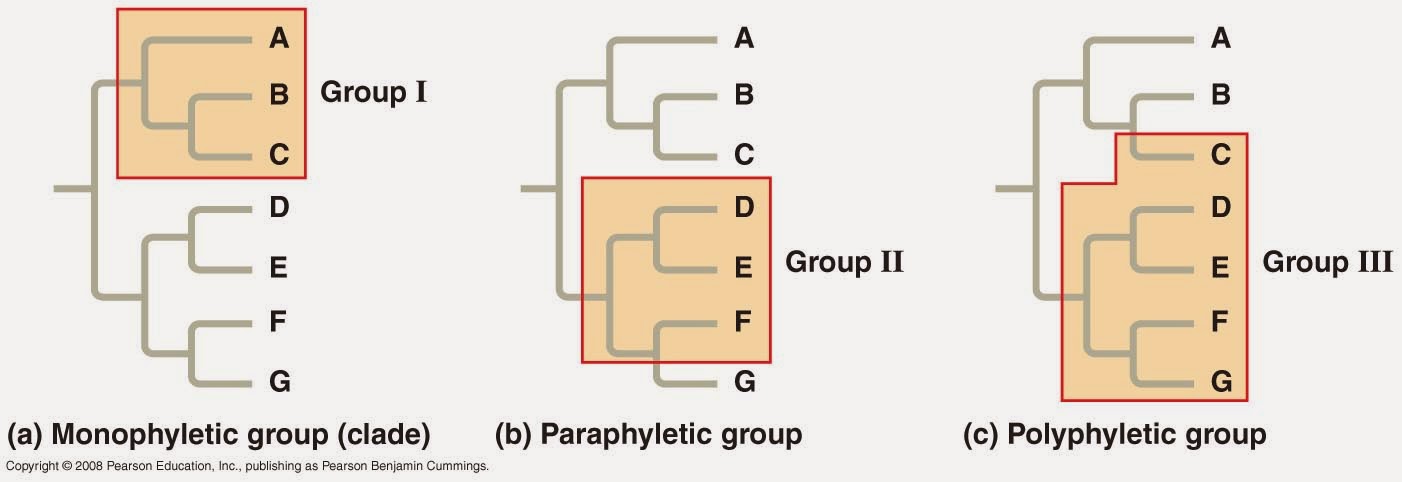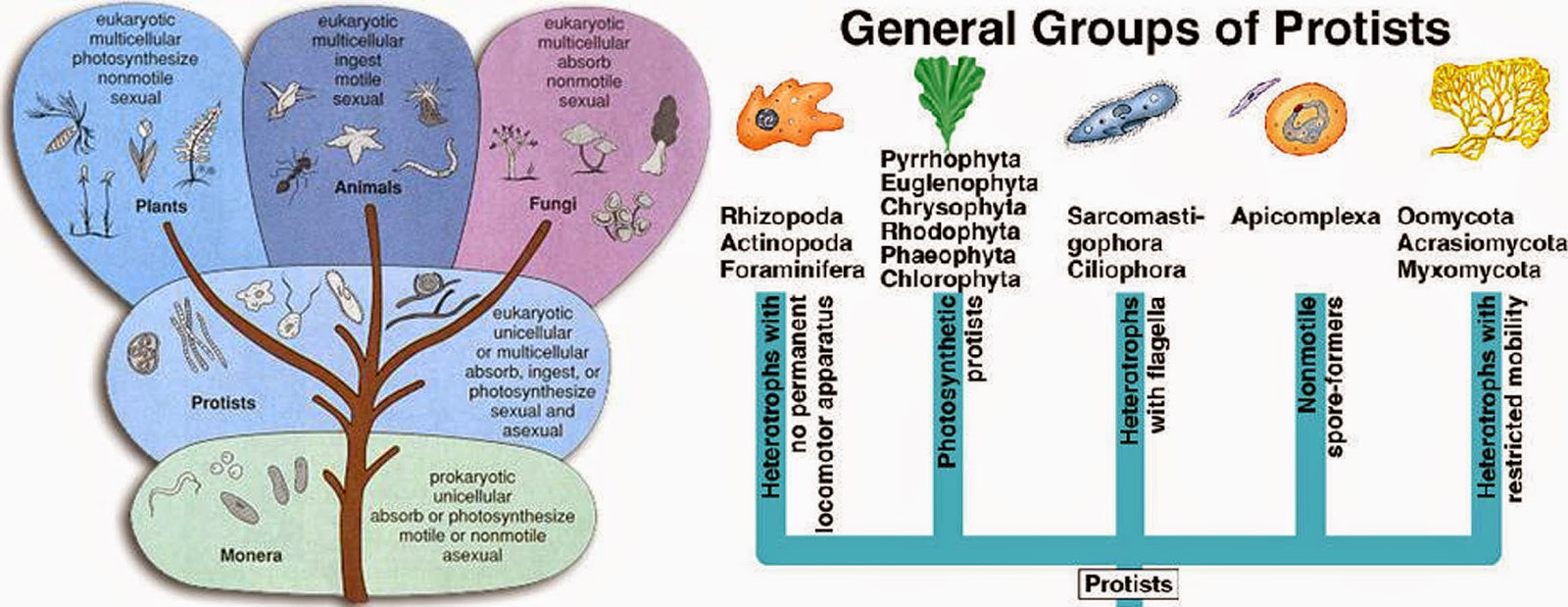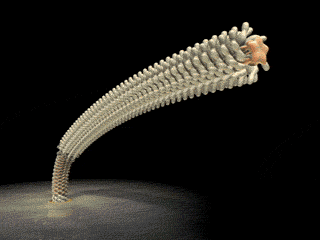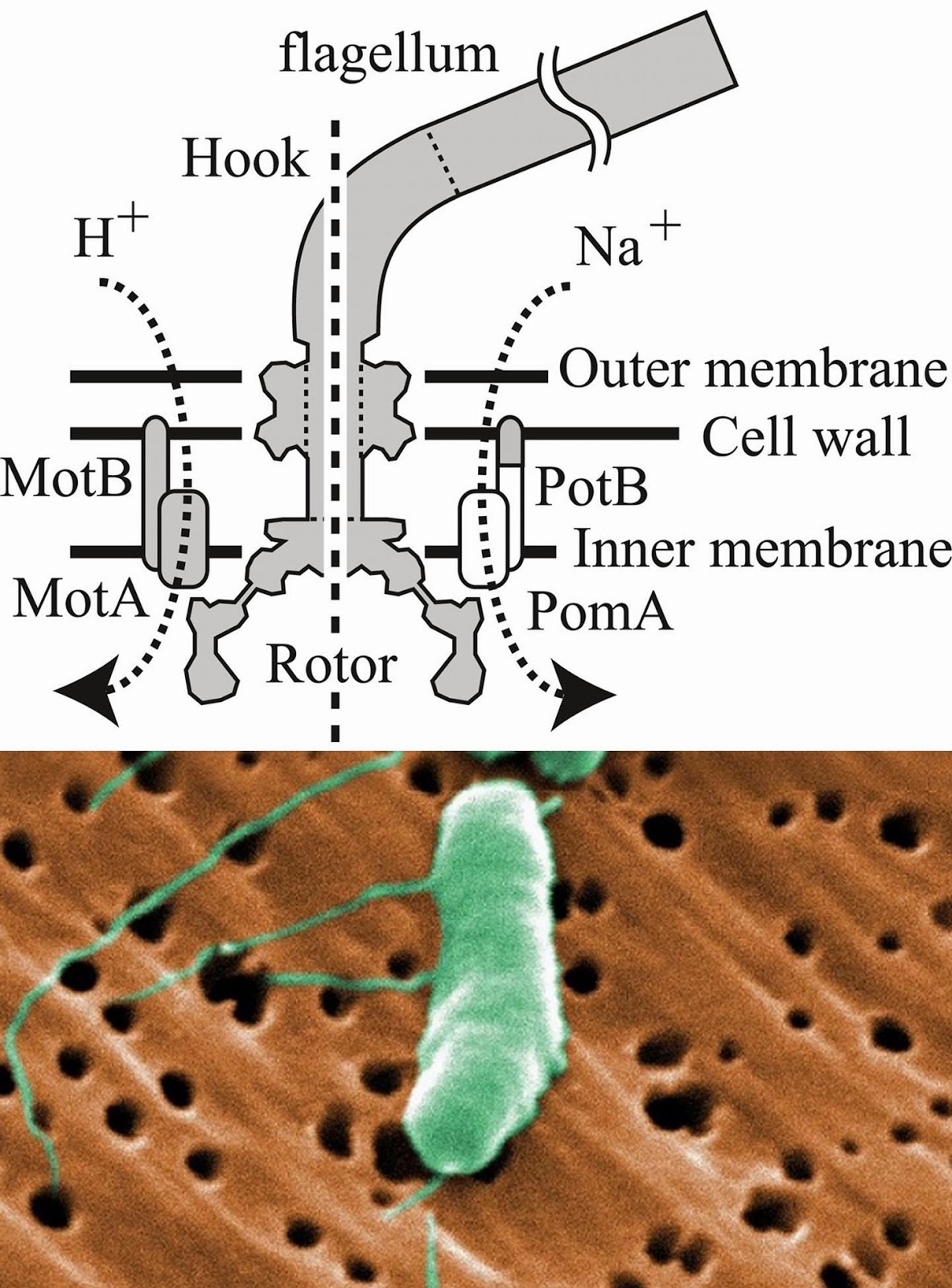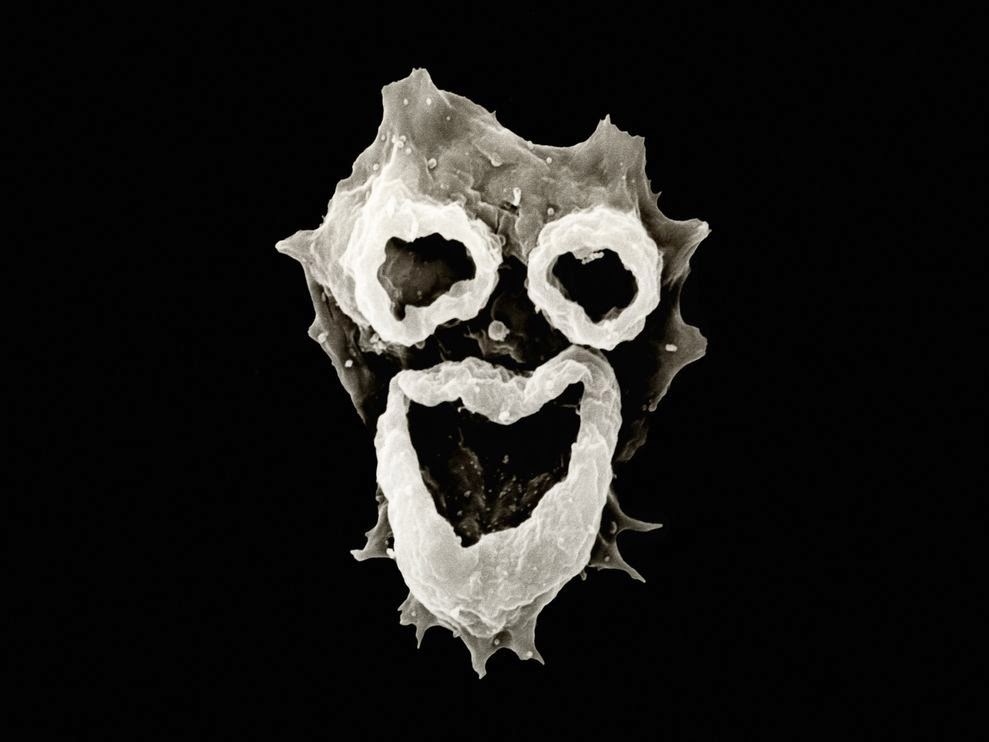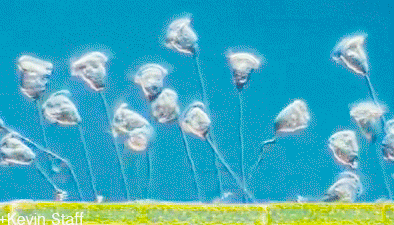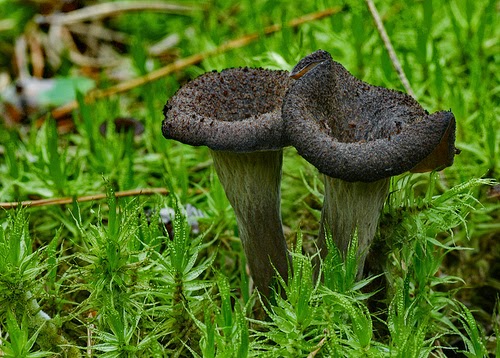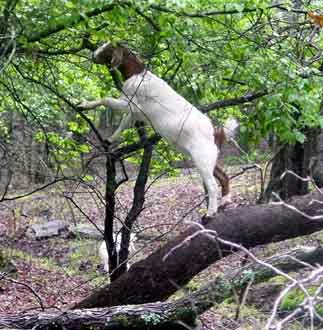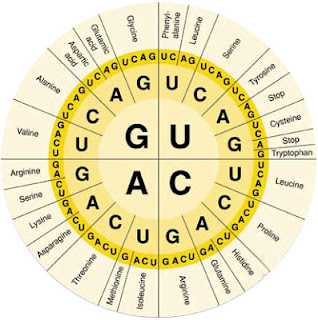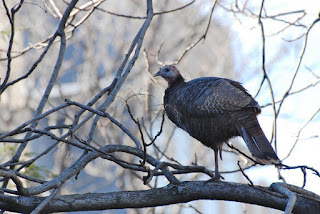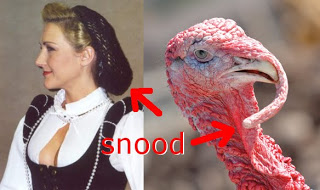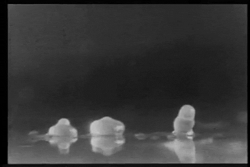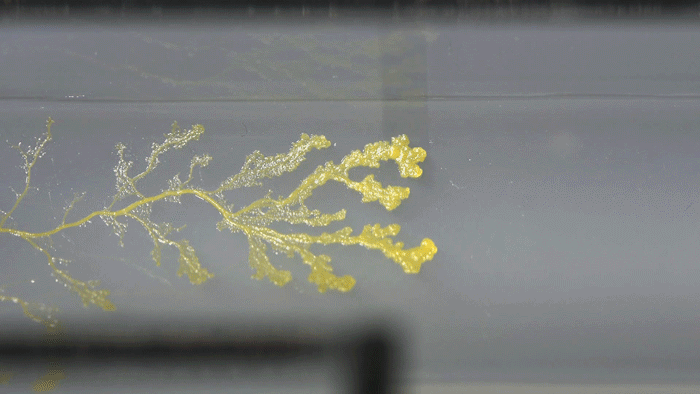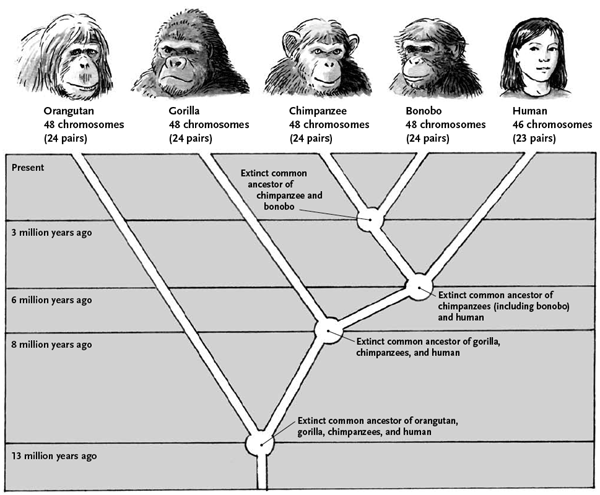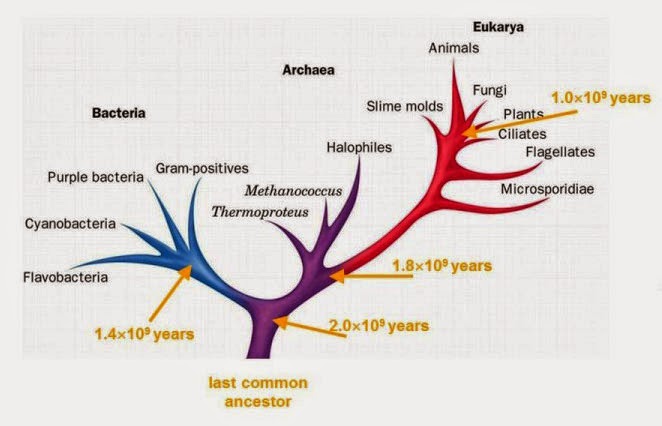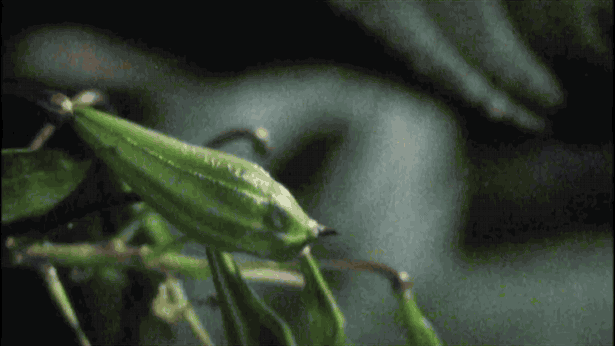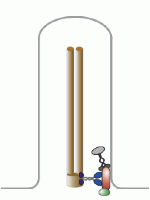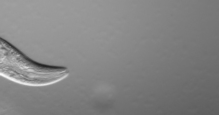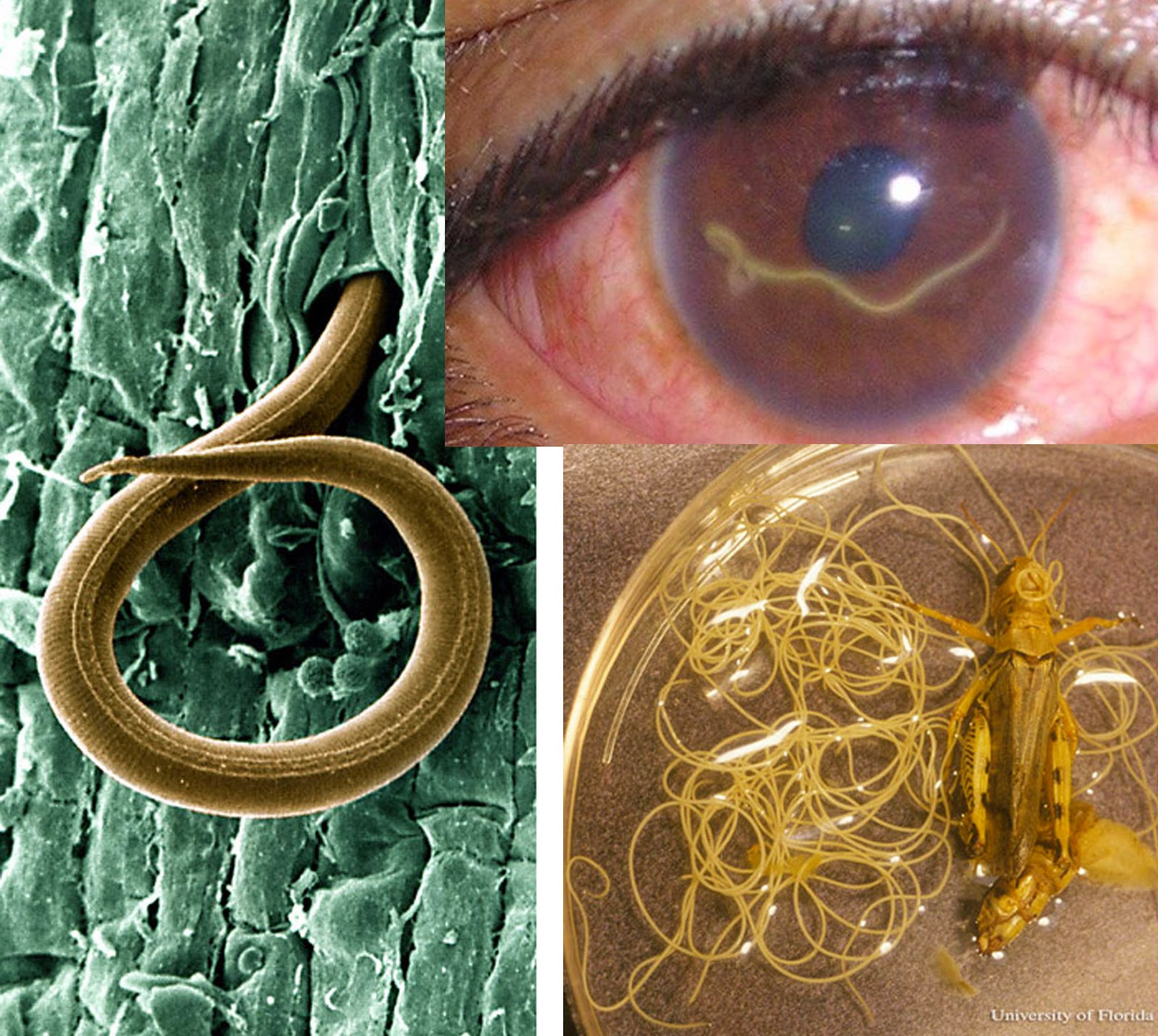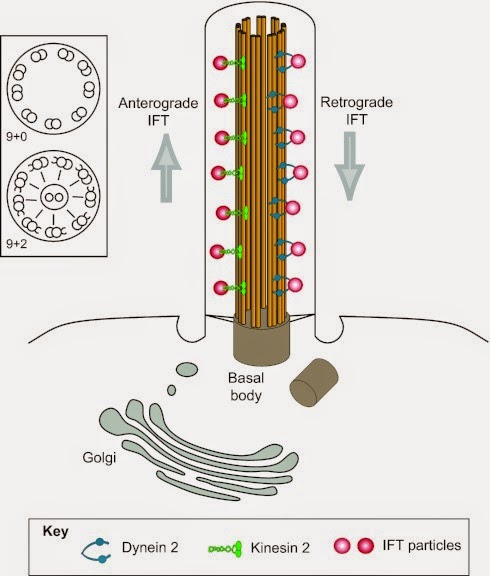Biology concepts – undulipodia, convergent evolution, parallel evolution, homologous structures, re-emergent evolution, atavism, flagella, eukaryote, prokaryote
Lahti, D. C., N. A. Johnson, et al. (2009). Relaxed selection in the wild. Trends in Ecology and Evolution, , 24 (9), 487-496
Stone G, & French V (2003). Evolution: have wings come, gone and come again? Current biology : CB, 13 (11) PMID: 12781152
Wiens JJ (2011). Re-evolution of lost mandibular teeth in frogs after more than 200 million years, and re-evaluating Dollo's law. Evolution; international journal of organic evolution, 65 (5), 1283-96 PMID: 21521189
Let’s use our flagellar example from the last few posts. Prokaryotes have flagella and use them for motility, amongst other things. Well, some eukaryotic cells have flagella too. Eukaryotic cells evolved from archaea that swallowed bacteria (see this post), so it makes sense that eukaryotic flagella evolved from prokaryotic flagella. But all evidence says no.
We’ll get into this more in the coming weeks, but flagella and similar structures in eukaryotes have very little in common with flagella from prokaryotes. Eukaryotic flagella are made up of a ring of microtubules surrounding a core of microtubules. Microtubules have nothing to do with bacterial flagella, since they are made up of polymers of flagellin protein with a hollow core, as we have discussed.
If eukaryotic flagella had evolved directly from prokaryotic flagella, then they would be termed homologous structures, having similar function and similar structure because one is directly descended from the other. There might be small or large adaptations that change the genes, structure, or function a bit, but there is still a direct link from one to the other.
Examples of homologous structures are the forelimbs of larger animals. The arm of a human, the forelimb and paw of a cat, the pectoral fin of a dolphin and the wing of a bat. They all have similar structure and function and they come from a common ancestor; they’re all mammals.
Direct descent with adaptation is how evolution works most often. But flagella in eukaryotes and prokaryotes aren’t connected by common genes or structures and you have to go sofar back for a common ancestor. This is one of the exceptions – an exception called convergent evolution.
Convergent evolutionis defined as independent evolution of similar features in species of different lineages. It produces analogous structures– they may look the same and function the same, but were derived separately. An example would be flight. Flying insects, birds, and bats all developed flight and they all use wings, but wings developed for each after their ancestors split away from one another.
Friction ridges, or dermal ridges, are better names for fingerprints and they give a clue as to their function. The ridges help gain and maintain grip. The fingerprints of gorillas and chimps are pretty similar to humans; they're unique but don’t follow the same frequency of types as human prints.
However, a 2012 study in a forensic science text funded partially by the FBI, showed that Koala prints are almost indistinguishable from those of humans. In fact, in an interview with the author, he said that his fingerprint technician failed to pick out the human print when given a koala print and a human one to compare. Next time a crime is committed, the police will have to suspect all the koalas without alibis.
We can compare convergent evolution to another mechanism - parallel evolution. In this exception, two lineages start with similar traits because of common ancestry. Over generations they each change, but the structures and function still remain similar. This is different from convergent evolution where two different traits become more similar.
When the dinosaurs disappeared 65 million years ago, many niches were open and the mammals took off, becoming more numerous and more diverse in all areas. Then we saw the parallelism. In Europe, we had the smilodon (saber-toothed cat) and in South America we had the Thylacosmilus– a saber-toothed marsupial. They looked remarkably similar. In Tasmania, a marsupial wolf developed, while in Europe and North America, it is the placental wolf. All were separated by reproductive mechanism and geography, but showed parallel evolution.
Convergent evolution usually refers to things that weren’t present in their last common ancestor, but prokaryotes already had flagella when eukaryotes diverged. This is a quandary. Parallel evolution sounds a little more like it might apply to bacteria versus eukaryotic flagella – they have a common ancestor, although you have to go way back, and they have developed remarkably similar functional structures. Think about all the different possibilities of motility, and yet they both developed a whip? Seems impossible that they couldn’t be related somehow.
But then again, parallel evolution doesn’t make sense because prokaryotic flagella are built completely different from eukaryotic flagella. Why don’t eukaryotic flagellar genes and parts mimic those of prokaryotes if they came from a common ancestor? They look similar and function similar, yet are built completely differently.
For example, humans have a common ancestor with tailed mammals. Every once in a while, gene regulation gets fouled up in utero and a baby is born with a vestigial tail. The genes were still there to make a tail, they were just hidden by the ways the genes are regulated – who gets to be turned on or off. The whole tail isn’t there, but enough to see that the blueprint is still in our DNA. This is an atavism. But this isn’t what happened with flagella, because the genes are so different from prokaryotes to eukaryotes.
What we have with flagella is most likely a case of re-evolved convergent evolution. The trait was lost and then evolved again. It isn’t unheard of to lose traits via evolution. It happens all the time. It isn’t efficient, but nobody said evolution was efficient. That’s not evolution’s aim; it doesn’t have an aim. Nature reacts to mutations, pressures, and environments from generation to generation. Evolution is not a straight line.
It's more common to lose a trait than it is to re-evolve one. A study from 2009 cited the idea of relaxed selection, when a trait becomes useless after once being beneficial. Fish that become cave dwellers don’t need eyes, so they disappear over generations.
A less common example would be if a prey animal suddenly finds itself without predators. Over a short number of generations the prey animals become less alert and slower because those traits are needed any more. In general, the more costly a trait is to maintain, the faster it will be lost when selection is relaxed.
a 2011study in frogs showed that they lost mandibular teeth 230 million years but were able to re-evolve them about 5 million years ago. This violates something called Dollo’s Law of Irreversibility, which states that when a trait is lost, it can’t be regained. Oops, maybe that law should be taken off the books. Maybe they mean that it can’t be duplicated exactly. I’m sure that the gene sequence and shape of the new mandibular teeth is at least slightly different from the originals.
Wings, the example we gave above as convergent evolution, are another example of re-emergent evolution. According to a 2003 study of stick insects, the woody little buggers have evolved, lost, and re-evolved wings several times.
The final nail in the coffin of common ancestry for prokaryotic and bacterial flagella is that the eukaryotic versions are closely related and structured exactly like another eukaryotic feature, the cilium (plural cilia, from Latin for eyelash). Prokaryotes don’t have cilia, but they’re found all over the eukaryotic world.
The similar structure of cilia and eukaryotic flagella shows that they are commonly descended - they are truly homologous structures – many cells even have both. The problem comes when you try to talk about them and still separate what your saying about eukaryotes from the prokaryotes.
Therefore Lynn Margulis, she of the endosymbiotic theory and the Gaia Hypothesis, proposed that we call the eukaryotic, protruding, microtubule structures by a different and common name – the undulipodia (undul = swinging or swaying, as in undulation, and podia = foot).
The undilopdia are the filamentous extracellular projections of eukaryotic cells, so they would include both cilia and flagella. So now we have an organelle you’ve never heard of before, but you still know what it is. I like the idea, because teaching about flagella is fairly littered with the times you have to say, “These are prokaryotic flagella we’re talking about, not eukaryotic flagella,” or vice versa. Lynn’s a smart cookie, but sometimes she goes a little far afield – we’ll see this as we talk more about undulipodia.
Next week, let’s look at the structure of undulipodia, compare them to prokaryotic flagella and wonder why rabbits get to be the exceptions.
For more information or classroom activities, see:
Undulipodia –
Convergent evolution –
Homologous structures –
Parallel evolution –








